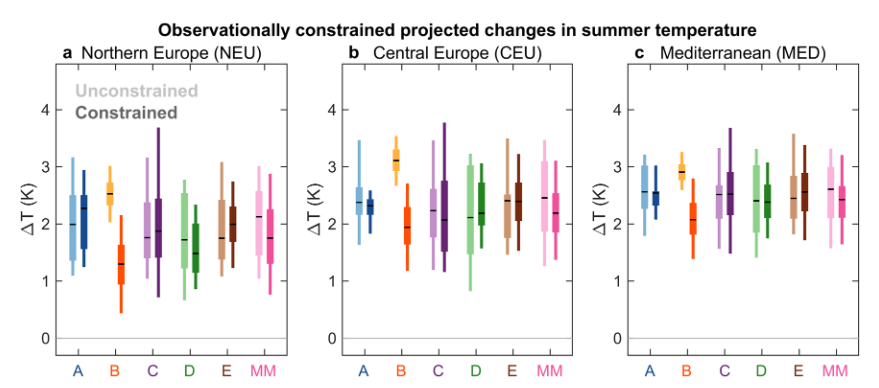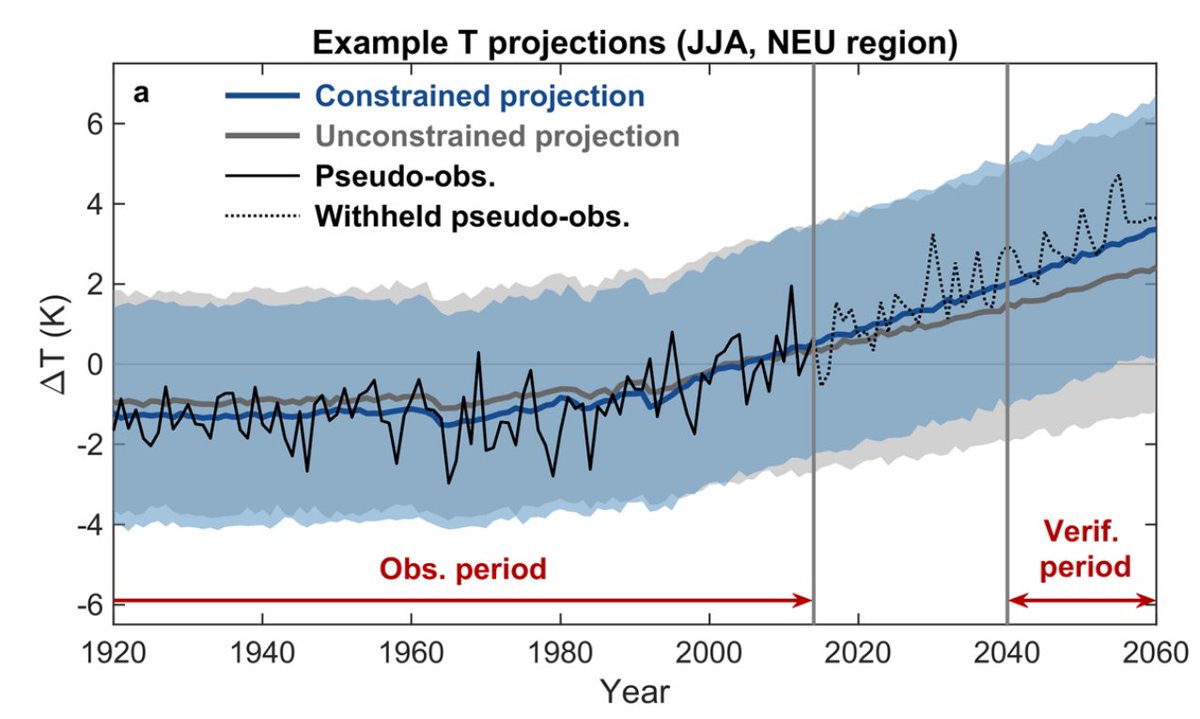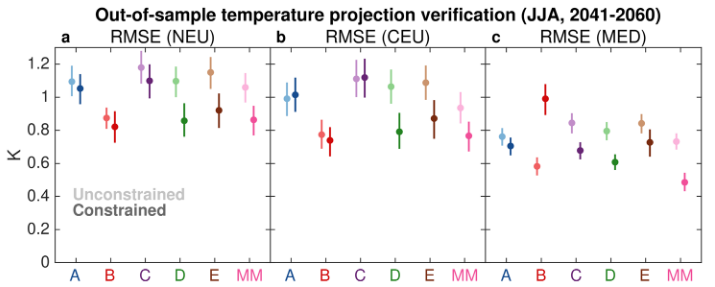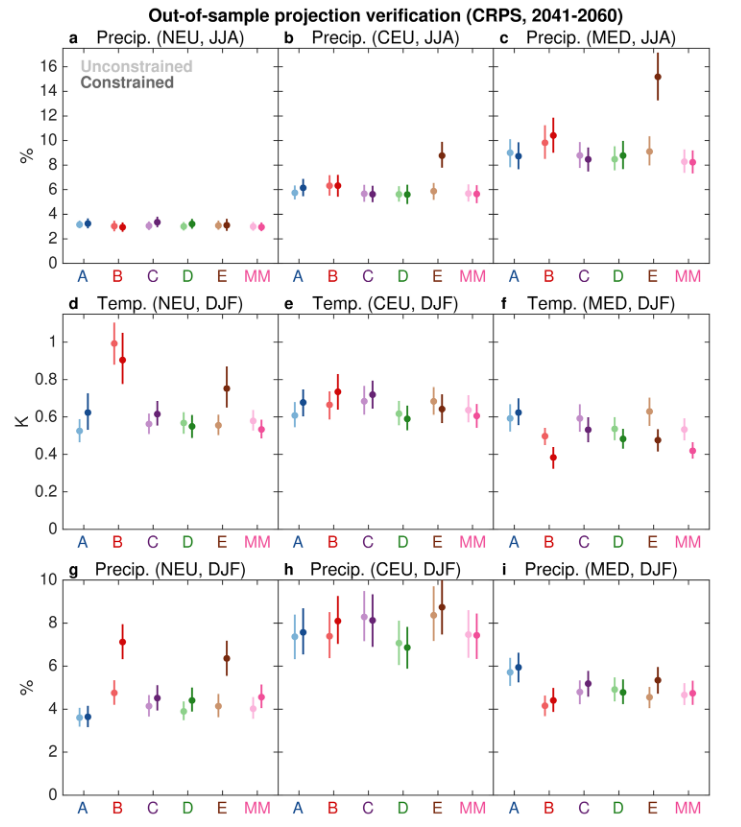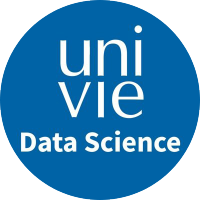
I'm thrilled to join Jana Sillmann s group Universität Hamburg in May! Looking forward to many new and exciting projects and collaborations 🥳
Huge thanks to Aiko Voigt and the whole team Universität Wien for a great time and all the things I could learn! Very sad to leave 🫶
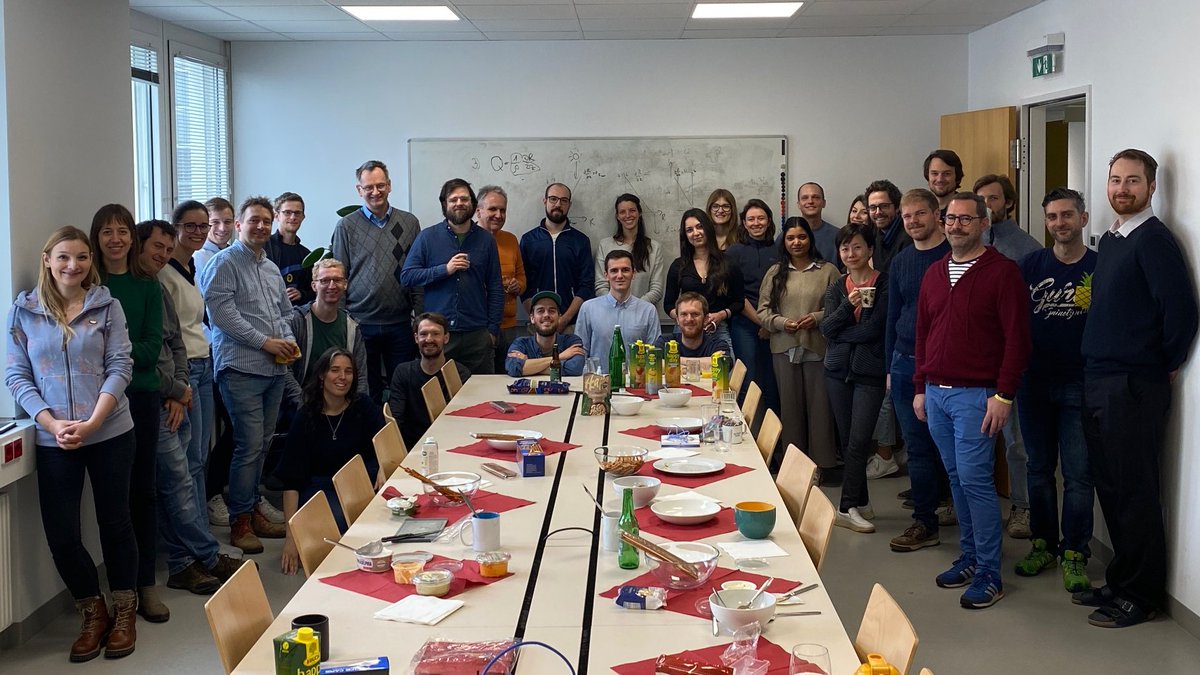

Helping to educate a new generation of climate researchers and #HPC users, we provided students at Universität Wien access to the Vienna Scientific Cluster (VSC) - Austria's flagship #supercomputer . It was a pleasure to collaborate with you Lukas Brunner [email protected] Blaž Gasparini & Daria Tatsii! eurocc-austria.at/projekte/klima…
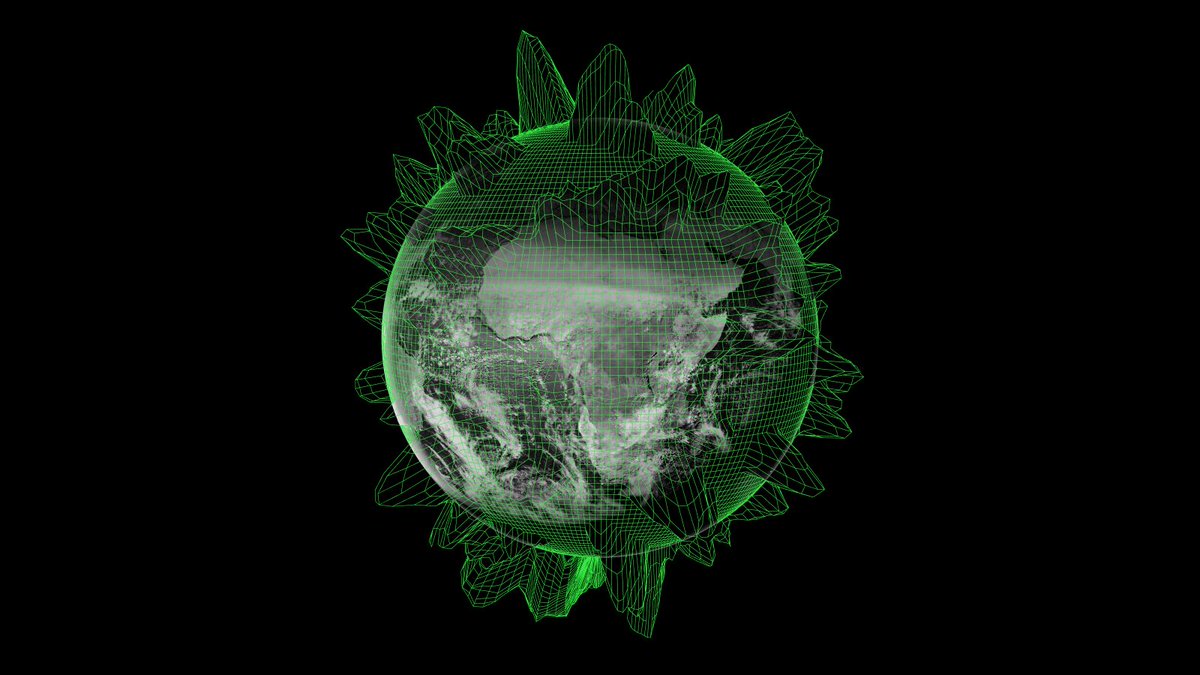


In winter semester 2023 students at Universität Wien received access to the VSC #supercomputer to run the global climate model ICON. It was a pleasure to collaborate with the team of the modeling and #dataanalysis course & EuroCC Austria again!
Lukas Brunner [email protected]
vsc.ac.at/news/2024/news…
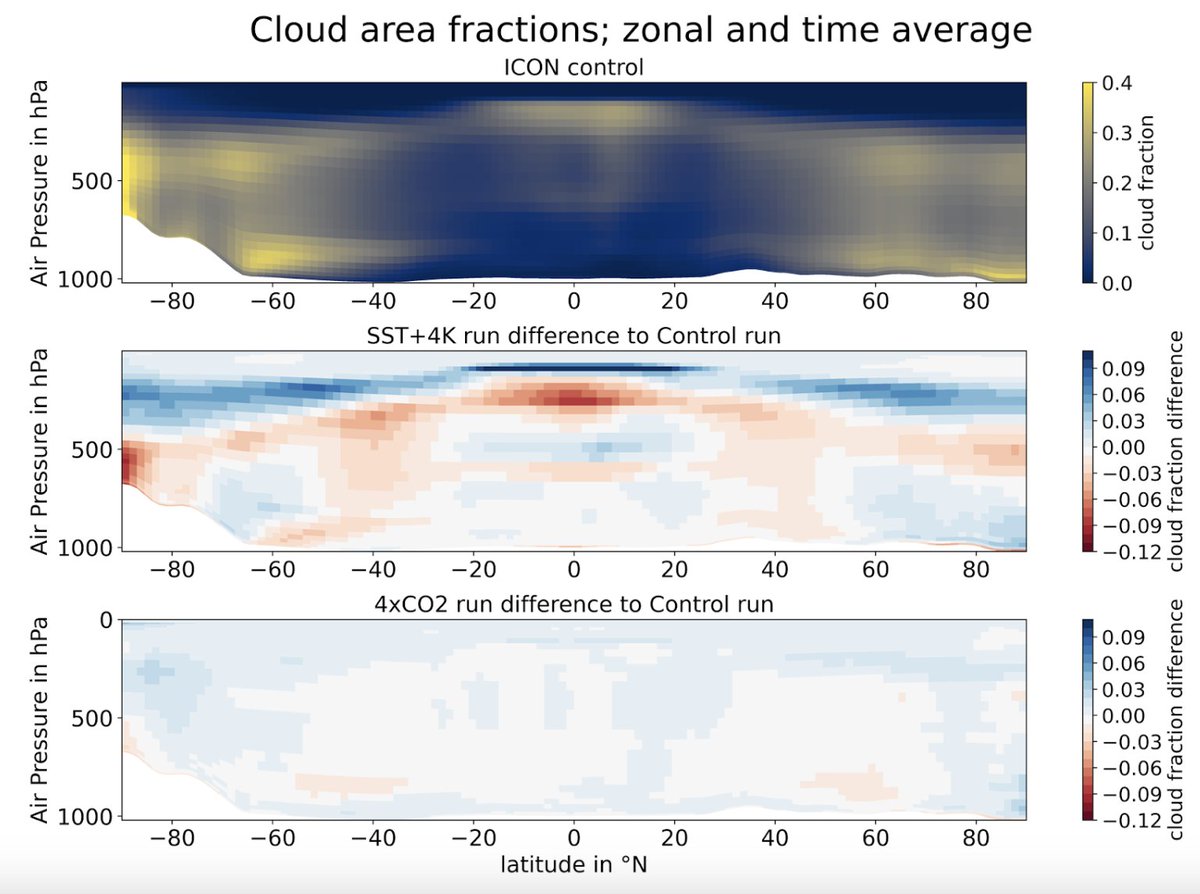



It was quite an effort to achieve a consistent comparison of five very different constraining methods using 125 (!!) pseudo-observational datasets.
Huge thanks to Chris O'Reilly Christopher O'Reilly for leading this!!🙏
See figure to get an idea of the amount of data involved.
3/🧵
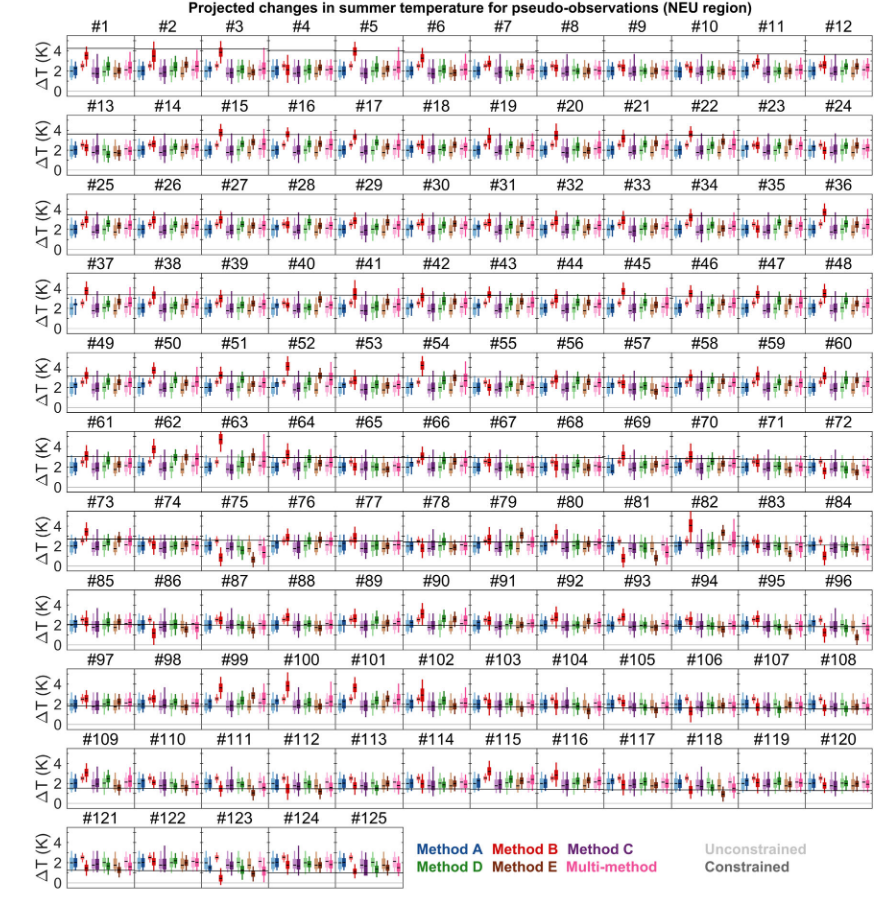


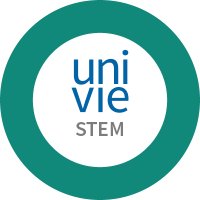

Lukas Brunner [email protected] Nature Communications Thanks, this was helpful.
(Although I still didn't fully understand the root cause of the running bias, in particular why the seasonal cycle causes it. I have thought exactly as you write in the paper, that the warmer and colder values in the window cancel each other out.)
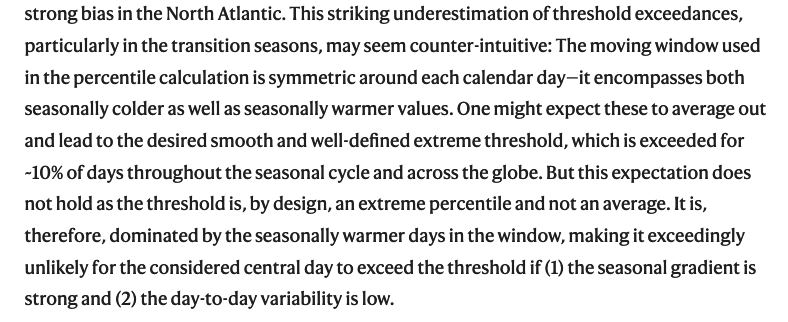

𝓛𝓮𝓽𝓲𝓬𝓲𝓪 🇾🇪 MATJEKANE MASHIGO ( MOJAPELO) ᴅᴏɴᴀᴛ 🐩 nah 🗼 @slerfyy K某人 أبو عبدالله Shashank Raghumudri Quip Chīsana ryū 𝑝𝑒𝑑𝑟𝑜𝑐𝑟𝑢𝑧 ✞ JorgeH117 Dan Filippo Molinini 🌴 Keep waiting 🌊 🌙 333 Inside Out 🌙💚 Brad Shaler Charlee Bradbury Miguel Ángel Marianne Ishøi Mose Zed taniadrussell lLAWl Mothewestaf Anthony Hennen Ale Robles doğa Manish Kaushik AlX3087 Omar L Jr. 👑 ⭐⭐⭐ Yuki B Nitin Satya 🇮🇳 Lisa Jarvis GGA 💙🇺🇲💙 @aasslam30 kat🍉 A Vivian 🔴⚫ Lukas Brunner [email protected] گلاکن Pet Muro Steve Wisbey OAM

we can still (easily) distinguish random climate model output fields from observed climate fields using #MachineLearning . But it gets increasingly harder for high-resolution simulations - the Turing test for climate models?
Cool new paper by Lukas Brunner [email protected]
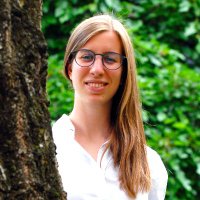
Thanks to the SCAN-Unit for inviting me for a talk Universität Wien 😊 Great catching up with Kim Doell Dr. Laura M. König Lukas Brunner [email protected] Environmental Psychology Vienna Sabine Pahl 🤗

Leseempfehlung:
Hier eine tolle Zusammenfassung des Besuchs von Prof. Katharine Hayhoe von Lukas Brunner [email protected] an der Universität Wien.
Danke.
Inklusive Link zum Nachsehen!
imgw.univie.ac.at/artikel-news/k…

Read Lukas Brunner [email protected]'s report on last week's keynote by
Prof. Katharine Hayhoe. Katharine Hayhoe, one of the best-known physical #climate scientists and professor at Texas Tech University, focusses on climate #anxiety and asked how to get from worried to activated. Read more: ⤵
imgw.univie.ac.at/en/news-events…

The frequency of heat days has been systematically underestimated - scientists at Universität Wien have uncovered an error in an established calculation method 🌏 Study by VSC users Lukas Brunner [email protected] and Aiko Voigt published in Nature Communications medienportal.univie.ac.at/en/media/recen…
